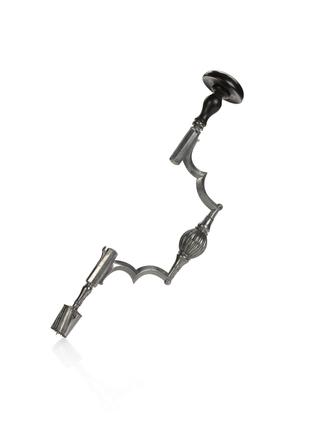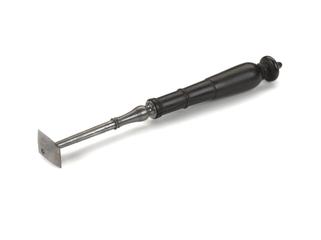






Metal antiseptic spray, with pottery handle and glass nozzle, in wooden box
Joseph Lister (1827-1912) invented the carbolic acid spray as he believed most infection-causing germs were in the air. The steam spray covered everyone and everything in the operating room or hospital ward with a vapour of carbolic acid or phenol intended to create an antiseptic environment. The steam spray meant that an assistant was not required to work a cumbersome pump. Lister eventually abandoned the spray in 1887 as he found that germs carried on fingers, dressings, and the skin of the patient were more important. The spray had its own disadvantages as inhaling carbolic acid is dangerous.
Details
- Category:
- Surgery
- Collection:
- Sir Henry Wellcome's Museum Collection
- Object Number:
- A56263
- Materials:
- rectangular, cyclinder, metal, pottery, glass, wood (unidentified) and metal (unknown)
- Measurements:
-
overall: 202 mm x 175 mm x 95 mm, .32kg
case: 182 mm x 193 mm x 112 mm, .5kg
- type:
- carbolic spray
- credit:
- Reid, W.L.




